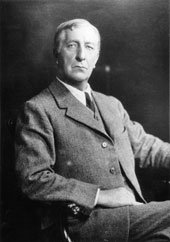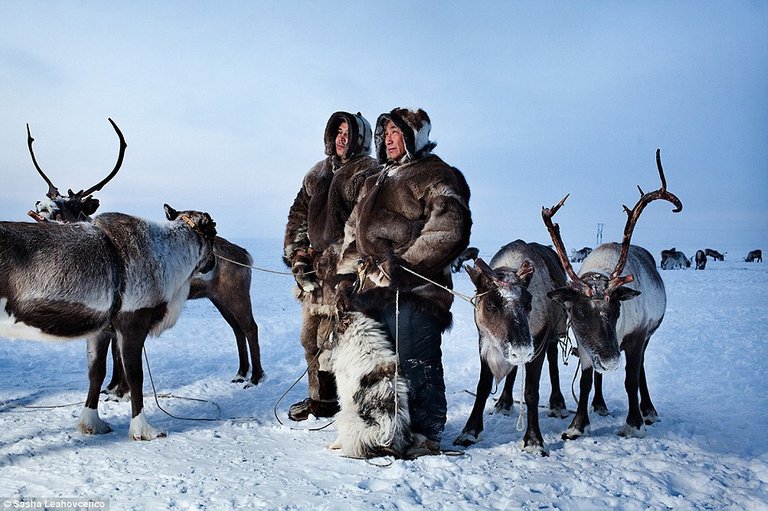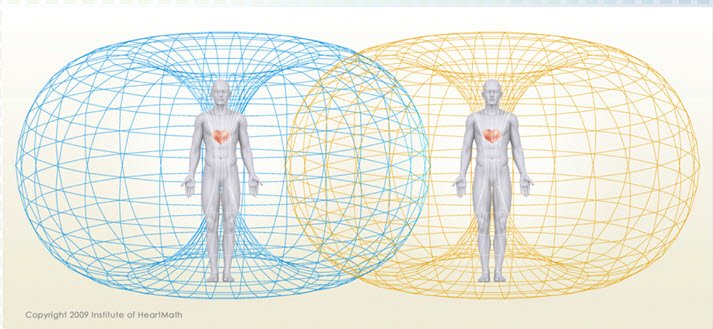
Since its discovery by Rupert Sheldrake, the morphogenetic theory has prompted vivid controversy. Reactions in the scientific world were so fierce that some scholars even thought: “Sheldrake puts magic before science and can be condemned in exactly the same language as the Pope condemned Galileo – and for the same reason. It’s a heresy.”
Beyond these “opinions” that no longer retain anything scientifically in them, and which remind us of various religious confessions and doctrines, morphogenetic theory has so far proved in many cases to be valid and, for the open mind, is a a very valuable tool through which a whole series of phenomena can be explained and, moreover, even more, can be generated and stabilized.
Sheldrake is a biologist, was astonished by certain phenomena in the world of living beings that could not be explained in any way to him. We will describe here two famous experiments that led to the foundation of this Morphic Fields theory.
Morphic Fields | Experiments made by Professor William McDougall

In the first one, Professor William McDougall, of Harvard, tested in 1920 the intelligence of mice.for this he used a labyrinth by which the mice had to pass, to find the food. The experiment identifies the time when mice were able to reach food. To his astonishment, he found that, as new generations of mice emerged, the average time they were getting to food was getting smaller, so that the 20th generation of mice was on average ten times faster than the first generation.
It was as if an adult education was transmitted to children. McDougall knew, like all of us, that genetics can not convey the teaching, except perhaps at least certain instincts. That’s why his results have been treated with much scepticism. To counter McDougall, a team of scientists from Edinburgh duplicated the experiment, using exactly the same labyrinth as McDougall.
Their results were even more astonishing: the first generation of mice went through the labyrinth at about the same time as McDougall’s 20th generation, and some of the mice found their way almost immediately by going straight to the target. In this case, genetic explanations could be eliminated from the start, as well as other explanations based on traces of odour, pheromones. However, the experience of Harvard mice crossed the ocean, reaching those in England, without any physical explanation for it.(Morphic Fields)
A second experiment took place in 1952 on the island of Koshima, where a monkey species (Macaca Fuscata) was observed for 30 years. At one point, the scientists began to offer sweet, sandy, monkeys to the monkeys. Monkeys liked fruit very much, but they had to eat them covered with sand, which was unpleasant.
At one time, an 18-month-old female called Imo discovered that she could solve the problem by washing the fruit in a nearby water. Imo showed this to her mother. At the same time, the others learned how to do it. Scientists have witnessed the way more and more monkeys have learned how to wash the fruit in water.
Between 1952 and 1958, all the young monkeys in the colony learned how to wash the fruit. Only some of the adult monkeys who have imitated the children have also applied this. The other adult monkeys continued to eat the fruit, full of sand.
Then something amazing happened: from a certain number of monkeys washing their fruit, suddenly the phenomenon took an explosive magnitude. If in the morning only a part of the monkeys used this knowledge, in the evening almost all the monkeys were already washing the fruit.

As well as other monkey colonies from other islands as well as monkeys on the continent began almost immediately to wash their fruit. Even in this case, a conventional explanation could not be found, as knowledge spread so fast, passing through the water, without direct contact between the various monkey colonies.
In analyzing these cases, Rupert Sheldrake advanced the idea of moral (or forming, generating) fields that were designed to maintain knowledge (Morphic Fields) of any phenomenon not only in the living world but also in the mineral or even quantum.
We could compare these morphological fields with a kind of moulds in which the molten metal is poured in order to take the shape. An even better comparison is with the land on which it rains. Initially, this is a perfect plan, but then the water begins to dig small ditches, through which it can drain faster. Gradually, these ditches are getting deeper, and more and more water flows there.
In our comparison, ditches are the new morphological fields created, which create the habit of things happening predominantly in a certain way and not in another. Broadly speaking, the morphogenetic theory explains much more deeply and extends what we call “habit.”
The morphogenetic theory has immediately proven to be an exceptional tool. Already a whole series of phenomena from the most diverse fields could be explained. For example, in psychology, applicability was immediate and, in fact, Morphic Fields theory fits perfectly with other findings in this field, such as the theory of the collective subconscious, of C.G. Jung.
Morphic Fields | New spectacular research
In his researches, Jung discovered some strange phenomena that could not be explained if there was no kind of connection between members of the same species.for example, Jung found that some Eskimos had dreams with snakes or spiders, although they did not exist in the polar circle, and there were no other sources to find out about their existence.
In fact, the Eskimos in question did not know what they were dreaming about, but when they were drawing the pictures, one could immediately recognize what it was.
Thus, Jung postulated the idea of a collective subconscious, to which each member of the species is more or less coupled and through which he has access to a whole series of knowledge, archetypes and customs. This collective subconscious corresponds, in part, to the morphological fields of morphogenetic theory (Morphic Fields).
At the same time, the performances of athletes, which grow visibly from one generation to the next, although the biological structure of man is somewhat constant and even in the modern age decades due to unhealthy eating, sedentarism and rupture of nature and its normal rhythms.

This increase in performance can not be attributed solely to training, as it has been shown since the young age, to which younger children perform much better than those of the past. In the same way, in schools, school curriculum is becoming more and busier and children increasingly assimilate knowledge.
If a child, even only a few years ago, should learn in the rhythm of a modern, very difficult one could cope. This also explains very simply what makes some “traditionally” schools more easily generate pupils with exceptional school results.
In fact, this “tradition” is the result of a moral field structured over time, at that school, and allows those who integrate it to dispose almost immediately, albeit subconsciously, of the results of its predecessors.
The morphic fields (or morphogenetic) are also manifested at the level of human or country communities. Even between two neighbouring countries, there may be some large moral differences that generate specific behavioural patterns.for example, the English are famous for their calm, the Latins for “hot blood”, the French as romantic, the Japanese as generally more correct and the workers, Germans are rigid and attentive to detail.
These differences create what is called the national “egregore”, which is a matrix that shapes for the individuals of a nation. This egregore transmits through morphic fields to the following generations the habit of fell into the same culture, religion, customs.

Many tourists or emigrants directly discern these differences of habits, mentalities and behaviours that are (simplistically) imposed only on the culture of that people, but which are actually structured by the specificity of that nation.
In the field of biology, the morphogenetic theory has made possible the emergence of cutting-edge theories and discoveries that are within the frontiers of science and which, in fact, made very controversial controversy about it. Thus, a living being is no longer just a biological, material ensemble, but it is coupled to a more general morphic field that is energetic, vibratory in nature.
Taking into account that DNA – and, in general, matter – is also a transmitter that can structure specific morphic fields, the immediate conclusion is that a living being can issue morphic information (so structuring, generating) that acts on other beings or of matter in general.
Nowadays it is known that those who keep plants and love them very much, talk to them and comfort them, make them grow very nicely as if they perceive the favourable atmosphere they share. But few know that these developmental differences can also be obtained from a distance – simply by thinking of love with the plant or that being.
For more insights about Morphic Fields watch the following video:
References:
https://www.matrixdisclosure.com/morphic-fields-experiments-discoveries/